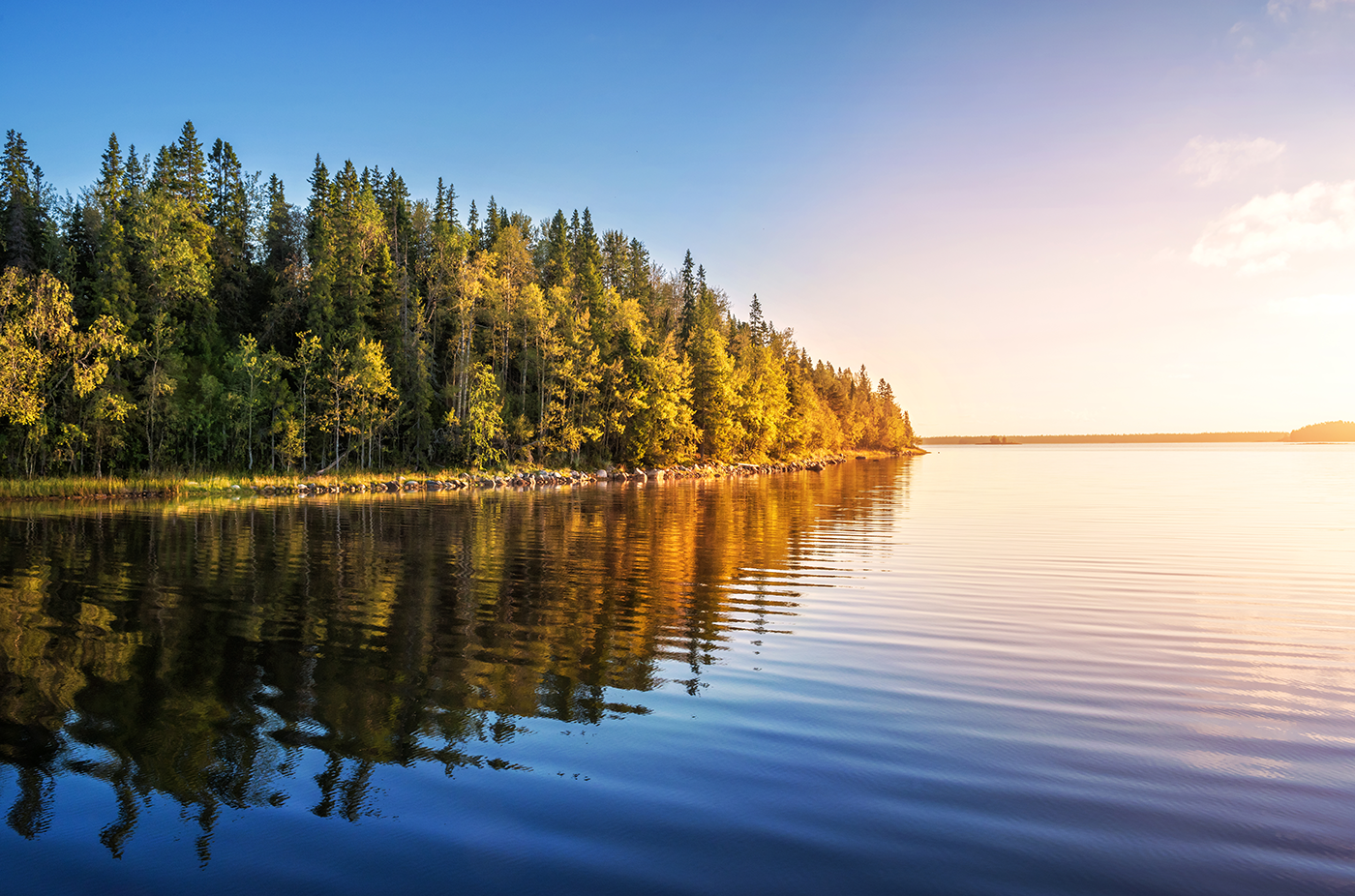
Utah Faces Lawsuit Over Failure to Curtail Great Salt Lake’s Reduction
- foodfightadmin
- September 21, 2023
- Agriculture, State
- advocacy feature three, advocacy post three_two
- 0 Comments
Utah authorities stand accused of triggering an impending ecological disaster at the Great Salt Lake following years of allowing upstream water diversions for agricultural uses, including alfalfa and hay cultivation. On Wednesday, several environmental groups spearheaded a lawsuit to highlight this catastrophe.
According to the conservationist coalition, immediate court intervention is required to compel the State to allow more water to reach the largest natural lake west of the Mississippi River. The lake, a crucial habitat for millions of migratory birds, a significant contributor to Utah’s billion-dollar mineral industry, and a tourist hotspot, is at dire risk.
The lawsuit highlights that the fallout from the depleting Great Salt Lake extends beyond beached boats and expanding shorelines. Consequences could also entail species extinction and the rise of lethal dust clouds looming nearby cities.
In the summer of 2021, the lake recorded an unprecedented low. Although this issue harnessed newfound attention from the State’s Republican-led legislature, remedial steps they’ve taken have done little to soothe the worries of Earthjustice, the Utah Rivers Council, Utah Physicians for a Healthy Environment, and other like-minded organizations.
Brian Moench from the Utah Physicians for a Healthy Environment said their goal is to prevent disaster and propel the state government into taking action. Governor Spencer Cox‘s spokesperson, Emma Williams, did not comment on the lawsuit. The Utah Farm Bureau Federation also needed to be more responsive.
The head of Utah’s Department of Natural Resources, Joel Ferry, refrained from commenting on the lawsuit but confirmed that the State has been collaborating with various interested parties concerning the lake.
Meanwhile, state officials have persistently recognized the lake’s restoration as an urgent objective. Despite a temporary surge after a record winter snowfall, prospects for the lake remain grim. Alarmingly, the issue of water balance is at the heart of a polarizing debate in the Utah government: satisfying water needs for citizens and industries versus maintaining the lake’s safe water levels.
Ecological and human health repercussions from shrinking Great Salt Lake levels overshadow potential drawbacks of limiting upstream freshwater use, argue the Sierra Club, the Center for Biological Diversity, and others. As the lake fights for survival, it exposes more of its bed, which houses harmful toxins like arsenic, mercury and lead. These toxins, once airborne, can drastically impact public health, leading to increased mortality rates, warns Moench.
According to Stu Gillespie of Earthjustice, the Utah constitution obligates the State to protect the Great Salt Lake for public interests, making it a compelling part of the lawsuit. Nonetheless, the unpredictability of the lawsuit’s outcome, hinging on the doctrine used by California in the 80s to protect Mono Lake, remains a concern.
The shrinking lake, an essential stopover on the Pacific Flyway migratory path, could disrupt the ecological balance, threatening various bird species, including the Wilson’s phalarope. Indeed, lower water levels have already disrupted a pelican colony on the lake, as noted by the Deeda Seed of the Center for Biological Diversity.
Seed also notes that the situation is a crisis, but it’s not being treated as such. As we stand, bird species remain threatened, and human communities along the Wasatch Front face the risk of toxic dust clouds, urgently calling for a more robust emergency response.








